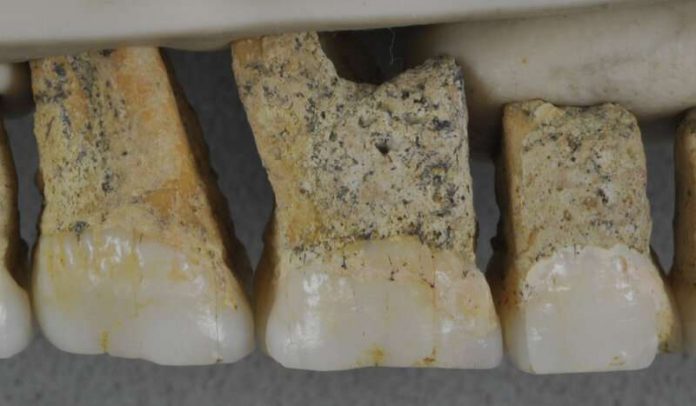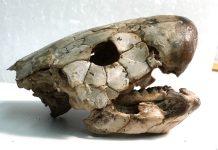
In a new study, scientists have discovered the remains of a new species of human in the Philippines.
The findings show that the region was important for hominin evolutionary history.
The research was conducted by an international team of researchers.
The new species is called Homo luzonensis.
In the study, the team discovered the remains of at least two adults and one juvenile.
The fossil remains included adult finger and toe bones and teeth and a child’s femur.
Because the teeth size reflects the overall body-size of a mammal, the team think Homo luzonensis was probably relatively small.
According to the team, recent excavations near Callao Cave have produced lots of evidence of a butchered rhinoceros and stone tools dating to around 700,000 years ago.
But it is not clear if Homo luzonensis butchered and ate the rhinoceros.
The team also found that Homo luzonensis shares some unique skeletal features with the famous Homo floresiensis or ‘the hobbit’.
The hobbit was discovered on the island of Flores to the southeast of the Philippine archipelago.
The team suggests that the findings improve the understanding of human evolution across Southeast Asia.
Future work needs to find skeletal elements to measure body-size more precisely.
One author of the study is Professor Philip Piper from The Australian National University (ANU).
The research has been published in the journal Nature.
Copyright © 2019 Knowridge Science Report. All rights reserved.



